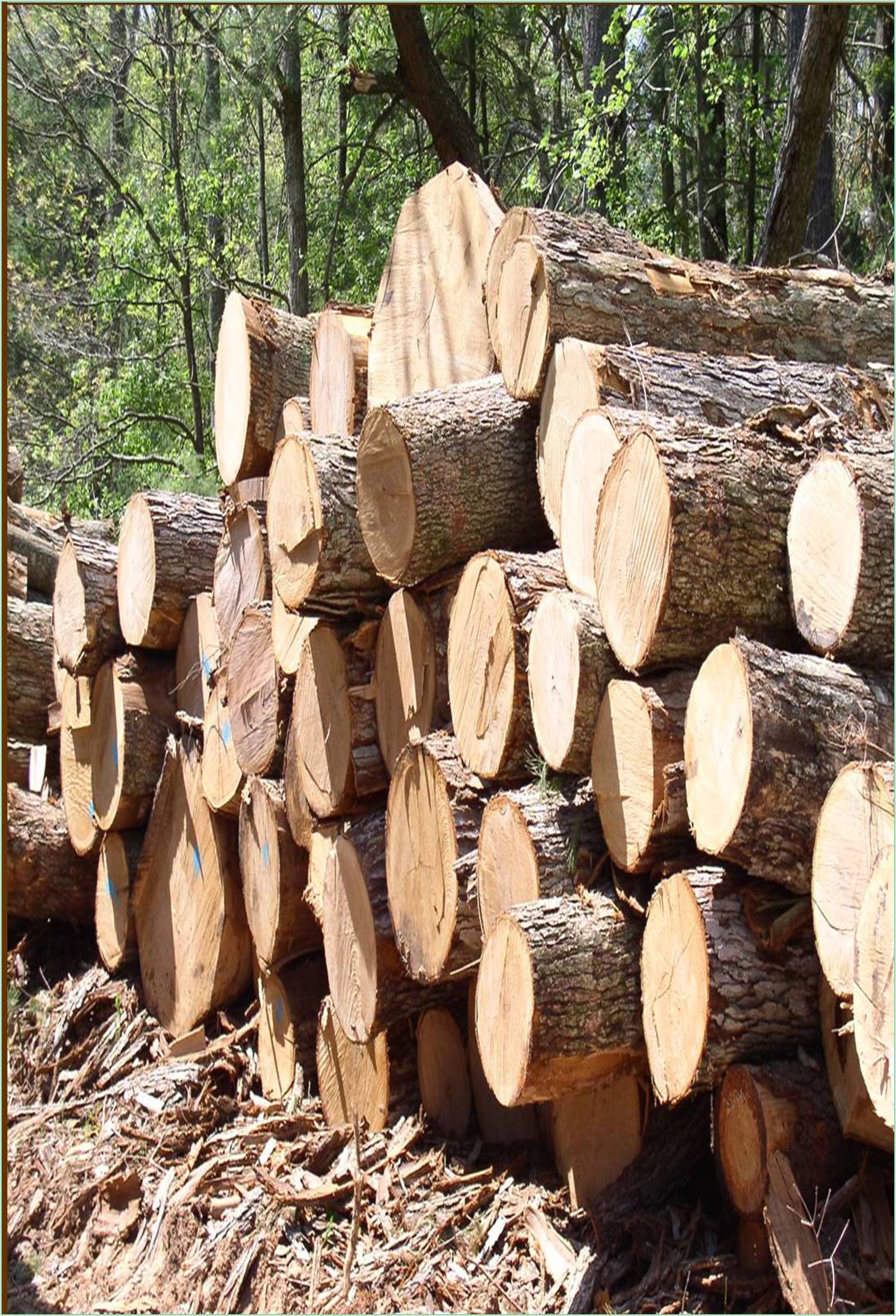



Received: 29-Nov-2022, Manuscript No. GJWSFS-22-83609; Editor assigned: 02-Dec-2022, Pre QC No. GJWSFS-22-83609(PQ); Reviewed: 16-Dec-2022, QC No. GJWSFS-22-83609; Revised: 23-Dec-2022, Manuscript No. GJWSFS-22-83609(R); Published: 31-Dec-2022, DOI: 10.15651/2449-1780.22.11.011
Zone lines are small, black lines that are well defined and visible within wood that has been significantly affected (or "spalted") by the decay process on its surfaces and in plane section. Zone lines in untouched wood define an atypical volume of rotting wood. They are primarily collections of melanized hyphae that encapsulate decaying wood that is being caused by a single genetic instance of a wood decay fungus. Zone lines are highly prized in the specialty wood product sector, particularly for decorative items made by wood turning. Zone lines can be produced under specific circumstances, albeit they are typically observed in naturally infected wood. There is currently no spalting process to manufacture zone lines on a commercial scale for specialist furniture and building businesses, despite having significant economic potential for use. Understanding fungal species, wood colonisation techniques, fungal decay processes, as well as wood behaviour (i.e., its hygroscopicity), anatomy, and mechanical qualities in connection to fungal decay, is necessary for successfully spalting wood in a timeframe that satisfies industry standards. This paper points out the present drawbacks of zone-line spalting and examines a unique method of causing wood to splinter by fusing genetically similar members of the same fungus species. This allows the operator to homogenise the spalting process. The biochemistry of the decay process, colonisation strategy, and fungal taxonomy can all be used to classify the fungi connected to spalting. The fungi that cause wood decay are all classified as belonging to the Basidiomycota and Ascomycota in mycological systematics. Understanding the biological distinctions between the taxonomic groupings is crucial for comprehending zone-line development and selecting the right fungi to maximise the potential for zone-line spalting. One of the three types of spalting, which also includes the creation and removal of pigment, is zone-line formation. Typically, fungal staining of wood results in a loss of revenue for timber products (e.g. lumber and wood pulp).
A polyphyletic collection of perithecial ascomycetes known as "blue stain fungi" is the source of the most wellknown product stain. The blue stain fungus do not decompose wood, but they do consume nutrients, such as starch and simple sugars, which are present in sapwood of both conifers and angiosperm trees as well as in recently cut logs and lumber. Melanin, a family of water-insoluble pigments that range in colour from brown to black and are biosynthesized from the aminoacid tyrosine, is what gives blue stains their colour. Melanin offers defence against radiation, UV rays, and environmental extremes in pH, temperature, salinity, and salinity. Melanin is attached to hyphal cell walls in blue stain, which causes the infected wood to look blue to grey in colour under reflected light. Alternately, extracellular secretions from the brown rot fungus Fistulina hepatica are thought to be in charge of the highly valued "brown oak" pigmentation in the heartwood of English oak. Although it is widely accepted that F. hepatica hyphae deposit a "brown substance" into parenchyma, other mechanisms, such as the re-release of phenols during the decay process, may also contribute to the coveted coloration. Chlorociboria is the genus of soft rot fungi that also causes blue-green spalting in wood. A variety of angiosperm woods are coloured blue-green by chlorociboria, which results from secondary metabolites generated by the fungi during resource capture in wood.
When restricted to particular areas where the contrast with the surrounding darker wood generates a striking visual effect, white rot spalting manifests as localised or extensive bleaching in wood. Additionally, the bleached area is typically not a stand-alone spalting type and is frequently divided from neighbouring wood by zonelines, which are also created by white rot or, in many instances, soft rot fungus.Due to the stark contrast between the white rot, wood discolouration, and the adjacent darker border (zone lines), this condition is frequently referred to as "marble rot."